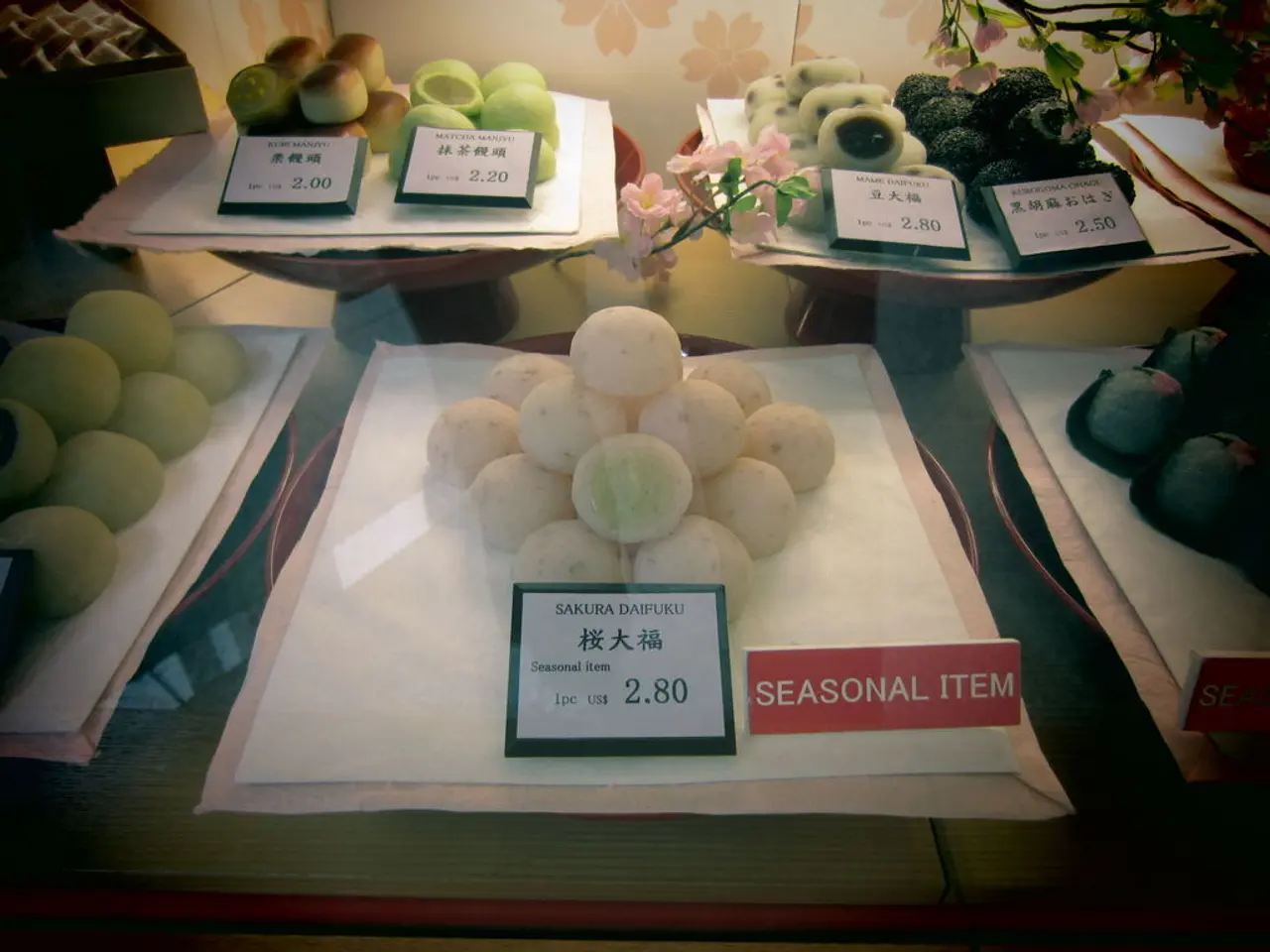Unwavering Supply: Exceptions and Boundaries
In the realm of economics, understanding the concept of elastic demand is crucial for making informed decisions about spending habits. Elastic demand refers to a situation where a small change in price significantly affects the quantity demanded. This concept, along with related ideas such as cross-price elasticity and income elasticity, can help us better grasp the factors that influence demand.
Cross-price elasticity measures how sensitive the demand for one product is to changes in the price of another product. If the cross-price elasticity is negative, it indicates that when the price of one product goes up, the demand for the other product goes down. This is common with complements, where products are typically used together, such as peanut butter and jelly. On the other hand, if the cross-price elasticity is positive, it indicates that when the price of one product goes up, the demand for the other product also goes up. This is common with substitutes, where products serve similar functions, like coffee and tea.
Income elasticity, on the other hand, measures how sensitive demand for a product is to changes in consumer income. If the income elasticity is positive, it indicates that when income goes up, demand for the product also goes up. This is common with normal goods, which are goods for which demand increases as income increases. Conversely, if the income elasticity is negative, it indicates that when income goes up, demand for the product goes down. This is common with inferior goods, which are goods for which demand decreases as income increases.
Several factors contribute to elastic demand. Price sensitivity, availability of substitutes, luxuries, necessities, and time are all essential elements to consider. For instance, if you can put off buying something without really missing it, you're more likely to do so when the price rises. Luxury goods are generally more elastic than necessity goods because consumers can choose to forego luxury items when prices increase.
Marketing efforts can also influence the elasticity of demand. Brand loyalty makes demand less elastic, as consumers are less likely to switch to cheaper alternatives, even when prices rise. However, clever marketing strategies can sometimes make products appear more attractive, increasing their demand even when prices are high.
The proportion of income spent on a product can also affect demand elasticity. If a product takes up a large chunk of your paycheck, you're less likely to cough up more money for it if the price goes up. Conversely, if a product represents a small percentage of your income, you may be more willing to pay a higher price for it.
Postponability, or the ability to put off buying something, can also affect demand elasticity. If a product is something you need immediately, you may be less willing to wait for a better price, making demand less elastic.
These related concepts can help make more informed decisions about spending habits. For example, when shopping, keeping these concepts in mind could help save money and get the best deals possible. Understanding elastic demand can help us navigate the market more effectively, making us smarter consumers.
Economists such as Alfred Marshall and Paul Samuelson have conducted studies on exceptions to elastic demand. While these concepts provide a useful framework for understanding demand, it's essential to remember that there are always exceptions to the rule.
In conclusion, understanding elastic demand is a valuable tool for navigating the marketplace. By understanding how price and income sensitivity affect demand, we can make more informed decisions about our spending habits and get the best deals possible.
Read also:
- Catastrophe at a U.S. Steel facility in Pennsylvania results in the loss of two lives. crucial details unveiled
- Manipulating Sympathy: Exploiting Victimhood for Personal Gain
- Prices remain a concern for the Germans
- Auto Industry Updates: Geotab, C2A, Deloitte, NOVOSENSE, Soracom, and Panasonic in Focus




